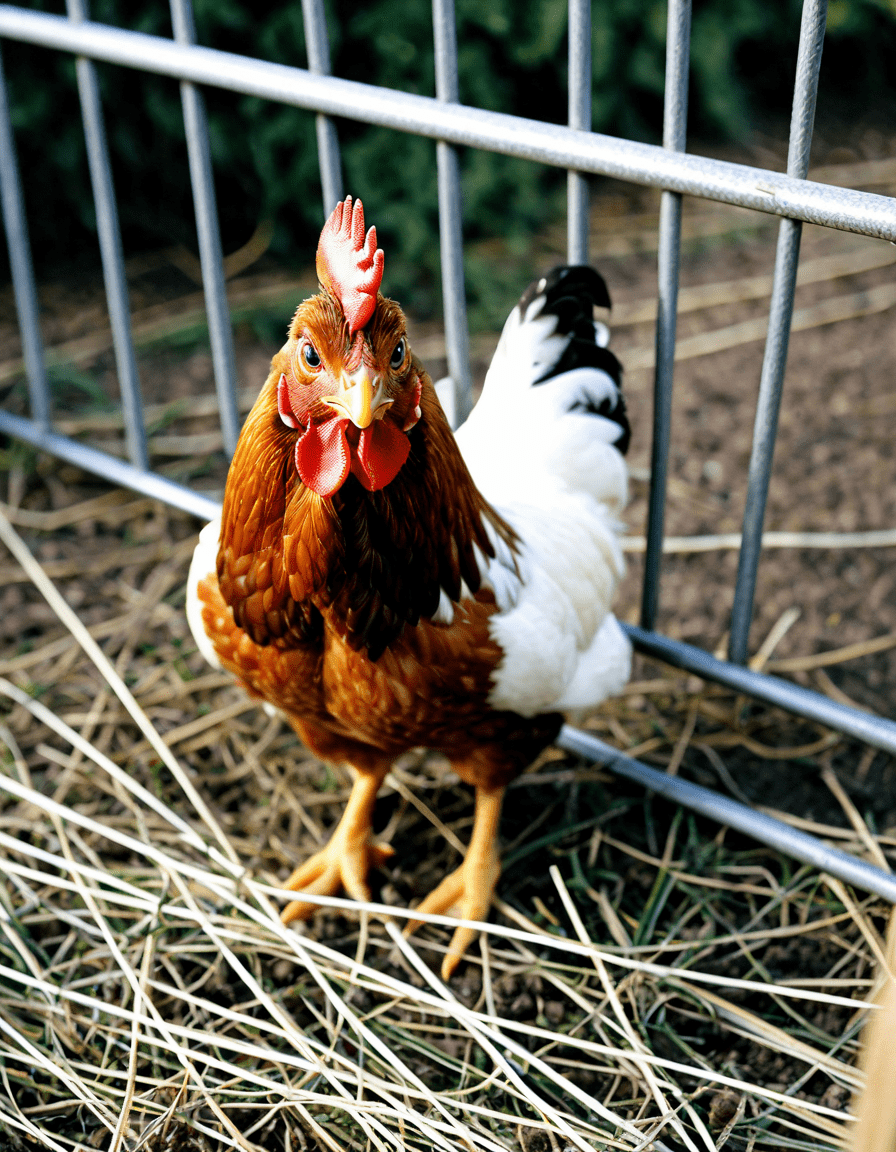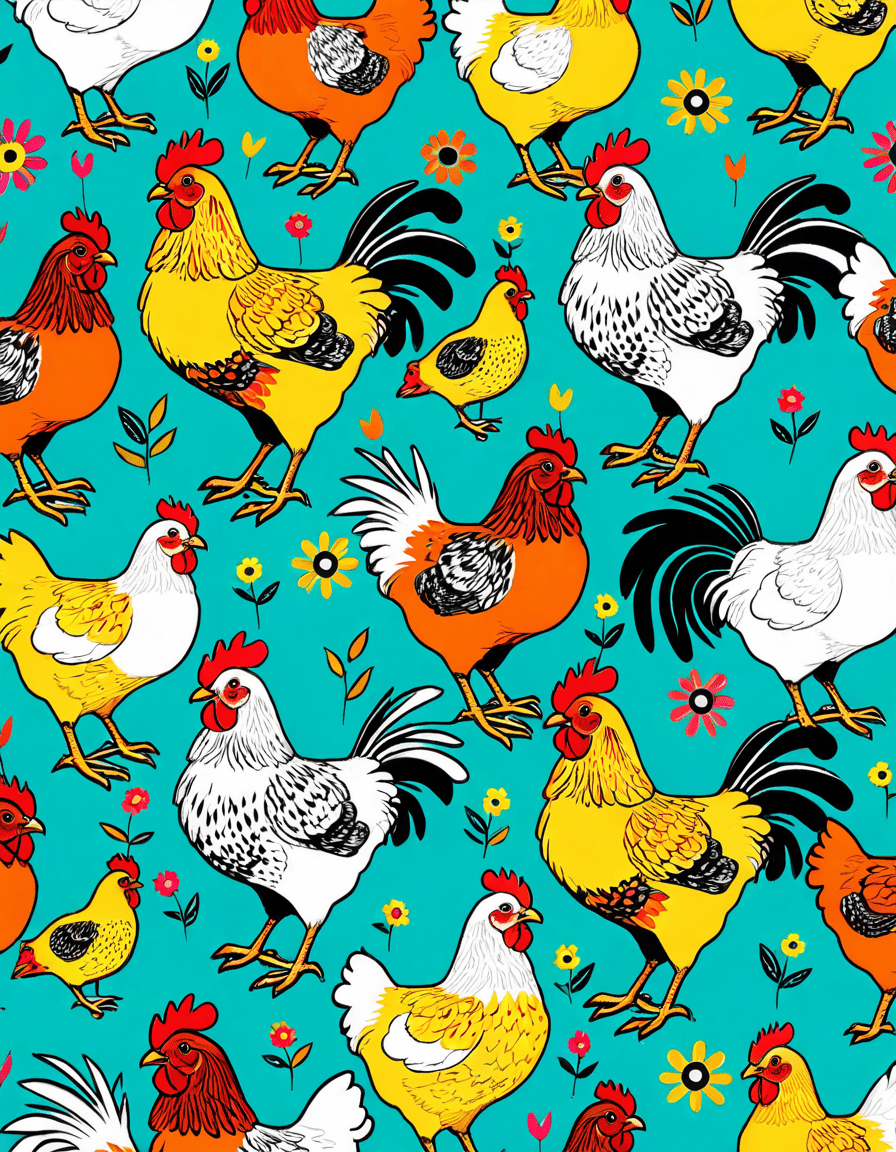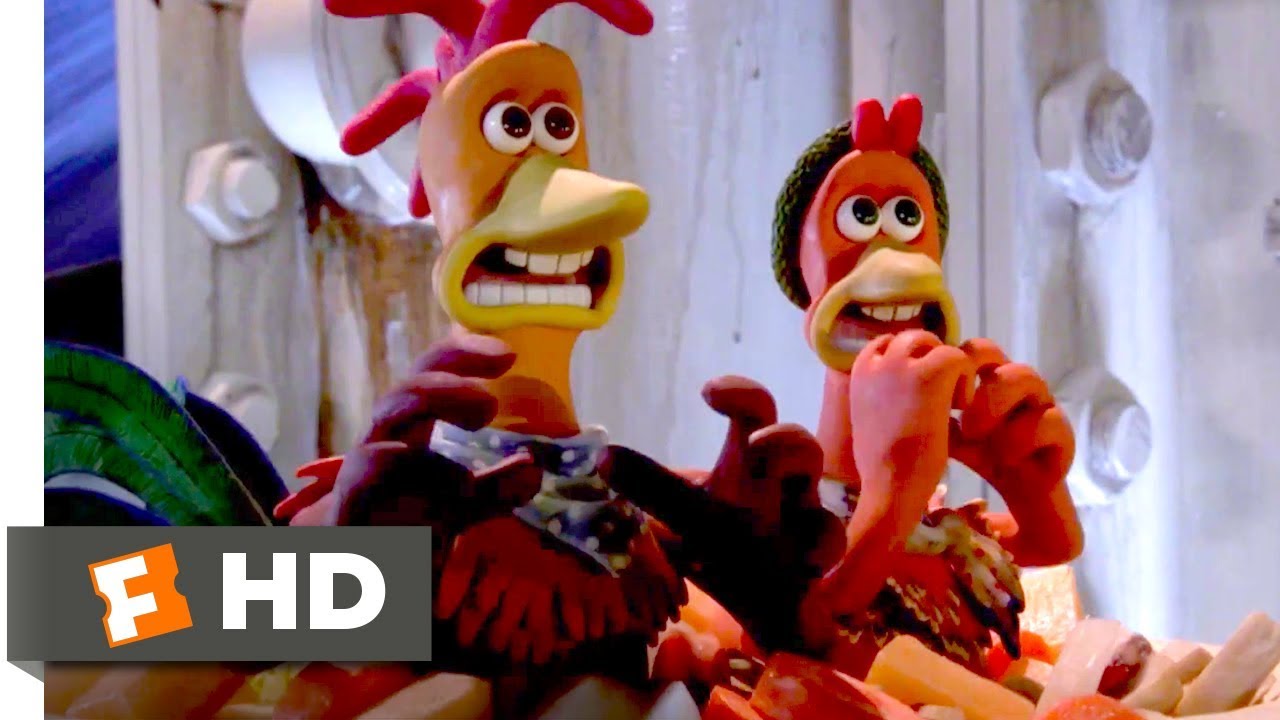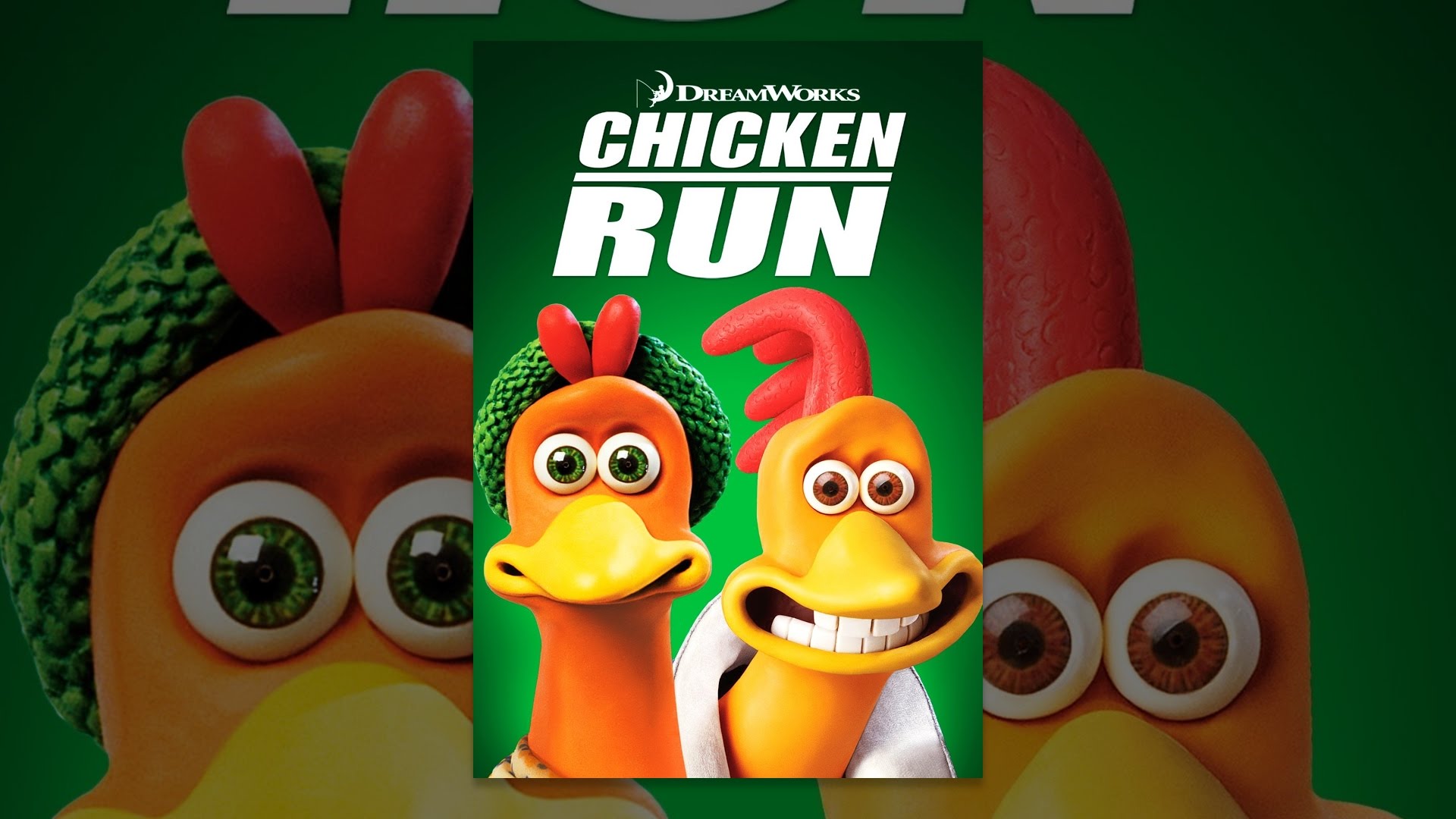As audiences around the globe embrace the recent resurgence of animated films, Chicken Run takes center stage as a shining example of storytelling brilliance. Originally gracing our screens in 2000, this stop-motion classic has since inspired filmmakers and animation enthusiasts across generations. In this piece, we’ll dig deep into the astonishing characters that populate Chicken Run and explore how they elevate the film’s captivating tale.
Top 7 Characters That Define the Legacy of Chicken Run
Meet Ginger, the brave protagonist with dreams that bust the barn’s walls. Ginger possesses a relentless spirit and sharp intelligence, making her relatable to viewers who yearn for freedom. Her exceptional leadership skills inspire her fellow hens to rise against their constraints, embodying the fight for liberation—a theme that resonates on so many levels.
Say hello to Rocky, the charming American rooster who brings pizzazz to the henhouse escape plan. Initially self-centered, Rocky evolves into a loyal ally willing to stand and fight for the greater good, showcasing character growth that resonates with all viewers. His struggle between ego and responsibility reminds us of our own journeys and the importance of rooting for something bigger than ourselves.
On the other side of the fence, we have Mrs. Tweedy, the film’s menacing antagonist. She’s not just a villain but a dark embodiment of ruthless capitalism. Her unyielding ambition to maximize profits adds a rich layer of dark humor while serving as a critique of exploitation. The intricate design and expressive mannerisms of Mrs. Tweedy solidify her position as a formidable foe, pushing Ginger and her friends to fight for their lives.
Enter Babs, the lovable yet dim-witted hen who injects comic relief into the heart of tension. With her innocent charm and unwavering loyalty to Ginger, Babs exemplifies the importance of friendship—even in the direst situations. Her quirky antics and heartwarming moments contribute to the film’s spirit, highlighting camaraderie among the flock.
Sitting gracefully on his perch is Fowler, the elderly war veteran rooster filled with tales of yesteryear. His animated recollections combine wisdom with comedic flair, bridging the gap between nostalgia and present challenges. Fowler represents a crucial part of the story’s themes of bravery and sacrifice, reminding us that heroes can emerge from all walks of life.
We can’t overlook Mac, the clever and innovative hen! Mac epitomizes resourcefulness, showcasing that quick thinking often surpasses sheer strength in overcoming challenges. Her ingenious ideas ignite hope among the chickens, proving that creativity is a powerful weapon in the fight against tyranny.
The supporting cast of chickens enriches the narrative with their diverse personalities. Each character contributes to the film’s overarching message of unity. Their collective strength emphasizes the importance of standing together against oppression, making every quirky personality pivotal in the grand scheme of the story.

Bad Bunny’s Cultural Impact: Parallels with Chicken Run’s Themes
As we witness icons like Bad Bunny reshape the landscape of music with their authentic narratives, it’s intriguing to see parallel threads between his themes and those in Chicken Run.
Both Chicken Run and Bad Bunny strongly emphasize authenticity amidst outside pressures. Just as Ginger strives to escape the constraints of her chicken farm, Bad Bunny encourages fans to embrace their identities, tackling issues related to personal and artistic freedom in his lyrics.
The film’s core message about the cooperation among the chickens echoes in Bad Bunny’s collaborative spirit. Notably, his tracks with first-rate artists like Jhay Cortez illustrate the landmark achievements that arise from working together. This synergy reinforces the film’s stance on the power of community in challenging oppressive forces.
The chickens’ rebellion against Mrs. Tweedy encapsulates the fight against oppressive systems, similar to Bad Bunny’s role as an activist tackling social justice issues. His messages resonate deeply with fans, inspiring them to demand accountability and action from those in power.
The Lasting Influence of Chicken Run
Chicken Run offers much more than just delightful animation; it serves as a cultural touchstone brimming with meaningful messages that continue to resonate across generations. Themes like freedom, teamwork, and resilience are as relevant today as they were in 2000. Reflecting on the influence of this film highlights how rich character-driven stories shape our narrative landscape.
The various characters, brimming with unique traits and dynamic arcs, teach viewers and fans alike about courage and community. Like the impactful narratives shared by figures like Bad Bunny, Chicken Run invites audiences to ponder their own realities and the stories they live.
As we cherish the spellbinding magic of animated storytelling, Chicken Run stands as a timeless benchmark. It reminds us that extraordinary characters and compelling narratives forge powerful connections and inspire future generations, keeping the spirit of cinematic art alive and kicking.
With its blend of humor, heart, and depth, Chicken Run remains a cult classic, capturing the imaginations of movie buffs, fanboys, and passionate film enthusiasts everywhere. So go ahead, relive this animated adventure and let its extraordinary characters remind you that freedom and friendship are always worth fighting for!

Chicken Run: Fun Facts and Trivia
Behind the Scenes of Chicken Run
Did you know that “Chicken Run” was Aardman Animations’ first feature-length film? This groundbreaking project, released in 2000, showcased innovative stop-motion animation techniques that helped to elevate the genre. Animators spent hundreds of hours meticulously positioning the characters for each frame, just as Peter Billingsley navigated his own career trajectory in the film industry. If you’ve ever noticed the delightfully quirky character design, you’re not alone—Aardman’s attention to detail has earned it a devoted fanbase.
Adding to the quirky charm of “Chicken Run” is its all-star voice cast, which includes the likes of Julia Sawalha and Mel Gibson. Their memorable performances helped solidify the film’s appeal across generations. And while you may think of “Chicken Run” as solely a comedy, the underlying themes of freedom and community resonate deeply, much like how the characters in the Ys Series have their unique adventures.
Character Highlights and Cultural Impact
Each character in “Chicken Run” brings a unique flavor to the mix, from the determined Ginger to the inventive Rocky. Interestingly, Ginger’s relentless spirit reminds one of popular icons found in different cultural contexts, such as the whimsical Queen Of The Hearts costume. This character’s tenacity inspires viewers to pursue their dreams against all odds. One can argue that the film resonates on various levels; it speaks to those seeking courage and friendship, similar to the bond shared in Jumanji 3.
And don’t forget about the influence of “Chicken Run” on modern animation! Movies today still borrow from its clever storytelling techniques and character arcs. For instance, Letitia Wright has been recognized for her strong performances and is often compared to animated heroines who exemplify bravery and determination. As we look ahead, developments like the Helene Update 2025 promise to shape exciting narratives, just as “Chicken Run” did over two decades ago.
In summary, “Chicken Run” is more than just a claymation film; it’s a heartfelt project that paved the way for future animated films. With its memorable characters and captivating stories, it continues to inspire audiences, reminding us that sometimes a little creativity and determination can lead to a grand adventure. So, whether you’re checking on Ja Morant’s injury update or banking on the best banks in California, remember that even the simplest tales, like those in “Chicken Run,” hold the power to inspire and entertain.


![Chicken Run (2000) - Official Trailer [HD]](https://www.cinephilemagazine.com/wp-content/cache/flying-press/701b3030fc1e4f713e6232e81cec8362.jpg)





